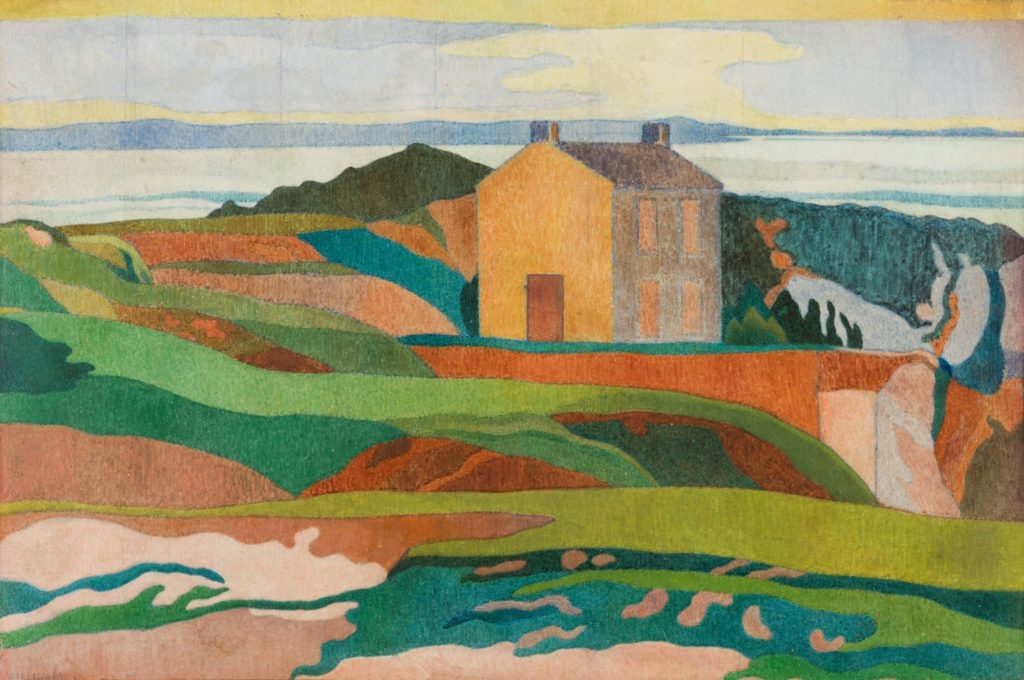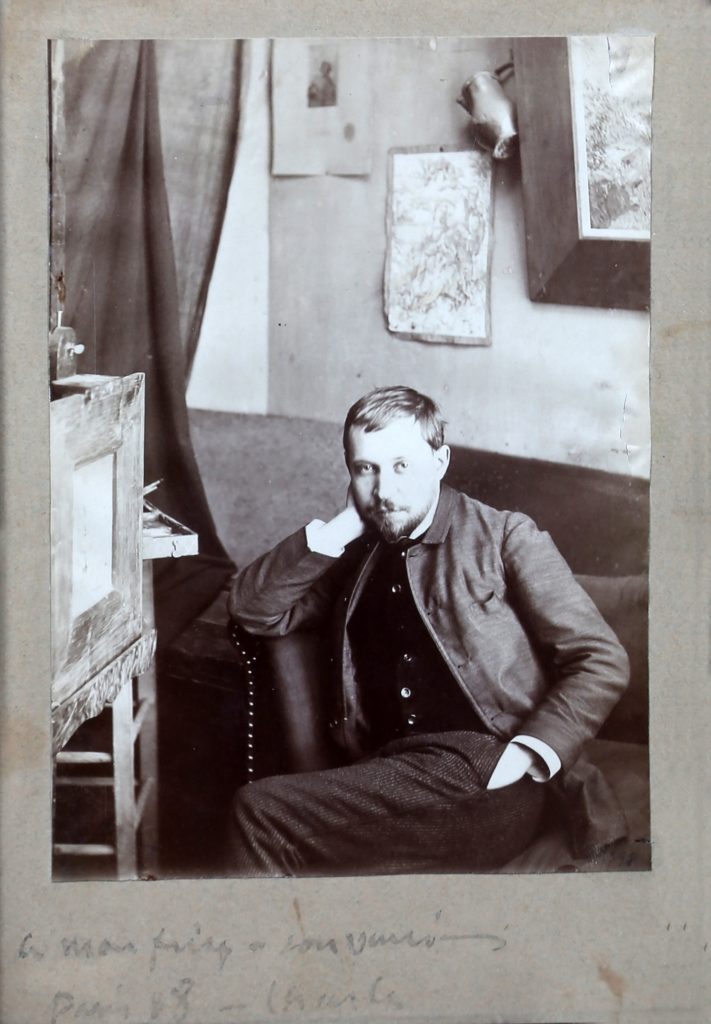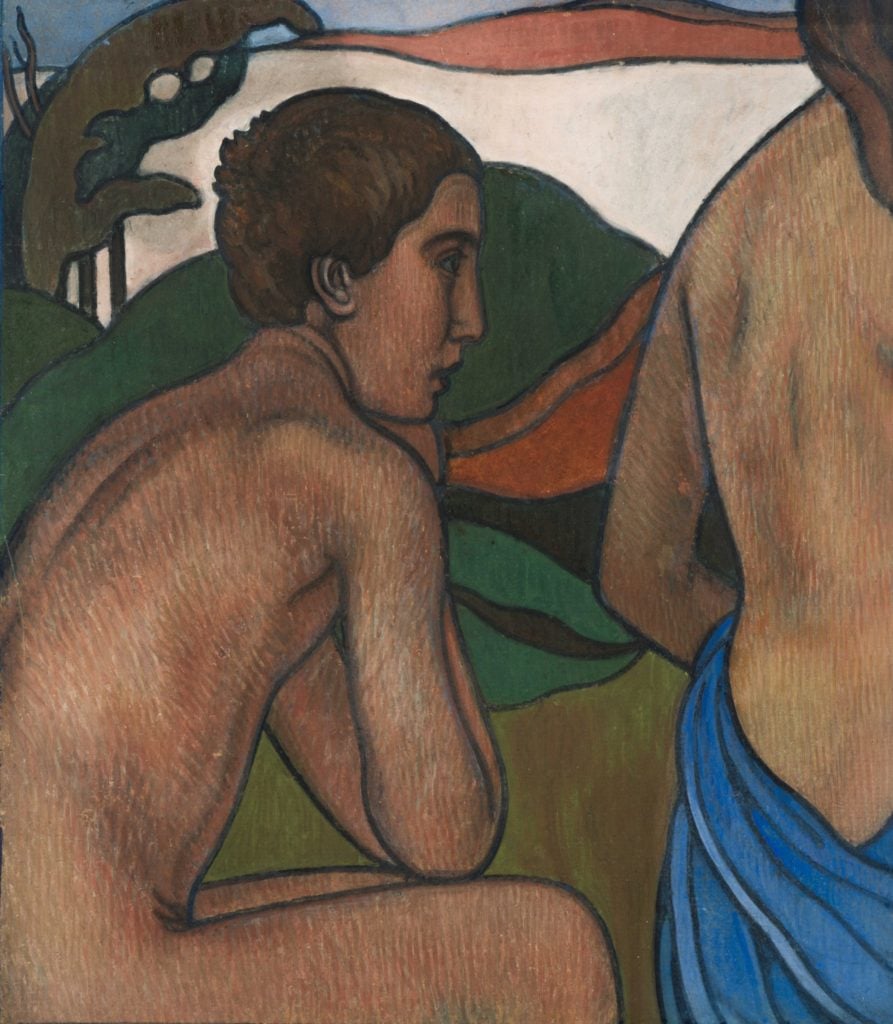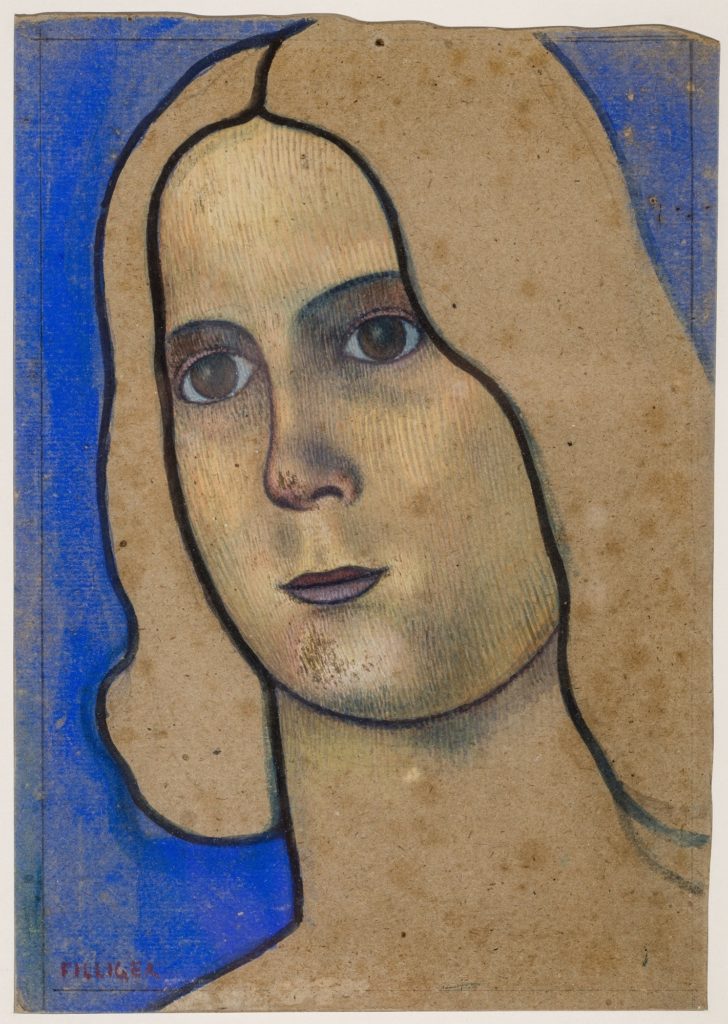French Symbolist Painter Charles Filiger May Not Be Well Known to the Public, but Collectors are Obsessed


Artnet Gallery Network

Nearly 70 years ago, the art historian Maurice Malingue helped introduce Charles Filiger to a new generation of artists, collectors, and scholars when he included the work of the French Symbolist painter in a group show called “Gauguin and Friends.” Now, Malingue’s son and granddaughter, who operate Galerie Malingue in Paris, are aiming to do the same thing with an even newer generation.
This week, the gallery opens an ambitious new survey of Filiger’s work—the first such exhibition in 29 years.

Charles Filiger, 1888. Courtesy of Galerie Malingue.
Filiger was born in Thann, France, in 1863, the son of a wallpaper draftsman and colorist. In his early 20s, he moved to Paris to study at the Académie Colarossi, and became immersed in a community of artists that included Paul-Émile Colin, Louis Roy, and—most notably—Paul Gauguin, whom he would get to know a great deal over the following years.
In 1888, he moved to Pont-Aven, a town in northwestern France known for the group of artists who frequented the area, including Gauguin and Émile Bernard. It was there that Filiger, alongside Gauguin, first began developing the Symbolist techniques for which he would later become known.
After a short battle with an illness and unsuccessful operation, Filiger passed away in 1928 at age 64. Though he showed throughout his life, he passed away in relative obscurity. It wasn’t until the late 1940s, when French writer André Breton rediscovered his work, that Filiger was properly appreciated for his artistic accomplishments.

Charles Filiger, Homme nu assis devant un paysage (1892). Courtesy of Galerie Malingue.
Now a whole new generation can appreciate him. Curated by André Cariou (who is also publishing a collection of the artist’s letters and the first catalogue raisonné of his work), the show brings together roughly 80 paintings. It’s an impressive grouping, considering that the gallery estimates there to be less than 200 of Filiger’s works still in existence today.
Daniel Malingue, the owner of the Galerie Malingue, owns 17 of the works in the show himself. Like many collectors investing in the artist’s work, he’s been quietly snatching it up over the years.
“It’s a family thing,” Éléonore Malingue, Daniel’s daughter, tells artnet News. “It’s in his blood.”
Indeed, for those in the know, Filiger is a hot commodity. Yet, this may also be why Filiger isn’t better known to the general public. “It’s complicated for an artist like Filiger,” Éléonore says. “In order to be known, you also need to have works coming to auctions regularly because it’s also a way of being promoted. But because pieces are quite rare, collectors hold on to them and are very secretive about their collections. They consider it an honor to be able to collect this artist. Filiger is really an artist for connoisseurs.”

Charles Filiger, Tête d’adolescent (1890-92). Courtesy of Galerie Malingue.
“Filiger” will be on view March 27–June 22, 2019 at Galerie Malingue.